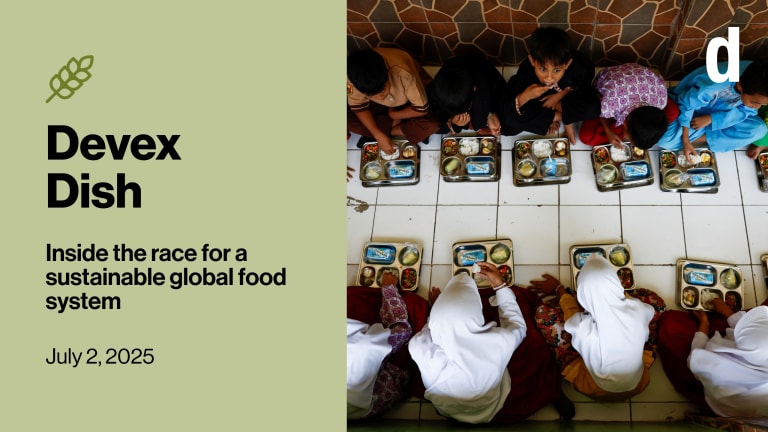The United Nations Humanitarian Air Service — often the only way aid workers can reach the world’s most remote crisis zones — is the latest entity to face severe funding cuts, with consequences likely to ripple across humanitarian operations in multiple countries.
Managed by the World Food Programme since its creation in 2004, UNHAS offers passenger and light cargo transport to the entire humanitarian community. Last year, more than 600 humanitarian organizations relied on its flights to move their staff and supplies across 21 countries, primarily in Africa. But the service is now grappling with a multimillion-dollar funding shortfall that WFP officials say will force it to scale down its operations.
Globally, UNHAS — which had a 2025 budget of $307 million that is largely separate from WFP’s food assistance budget — is reducing its fleet by over 22%, meaning 17 fewer aircraft will be in service, a WFP spokesperson told Devex. Routes are being cut, aircraft grounded, and staffing levels may also have to be reduced. It’s an unwelcome blow for a system designed to overcome the barriers posed by poor roads, insecurity, and isolation that make commercial air service unviable or impossible.








